Many Jews are asking if cremation is an acceptable alternate to in-ground burial. Isn't cremation simple and inexpensive? Isn't cremation quick and the least burden on my children? Jewish educators and funeral homes serving Jews report rapid increases in Jews asking about, and asking for, cremation.
While there are no firm statistics on Jewish cremation, there are cremation statistics for the overall population of Canada and the United States. Cremation after death rose in the U.S. from 21% in 1996 and at 45% in 2013. Canadian rates of cremation are higher, at 40% in 1996 and at 66% in 2013. We can only assume that Jewish cremation rates are following the statistical trend of the U.S. and Canada.
The probable increasing rate of Jewish cremation in the U.S. and Canada raises serious concerns about the tradition of Jewish burial and the survival of Jewish communal cemeteries. Cremation also has profound implications for Judaism and the Jewish community's treatment of the dead and the bereaved.
Traditional sources offer little in-depth thinking about cremation. For example, Rabbi Abner Weiss addresses cremation in a total of 15 lines of a 400 page Halachic guide to Death and Bereavement. He says that cremation is a “tragic commentary on the erosions of Jewish norms and values. While Rabbi Maurice Lamm devotes a full page to cremation, his discussion starts and ends with the statement that “Cremation is never permitted.”
Here are ten talking points that explore the burial vs cremation question from different angles. The discussion is arranged as an alphabetic acrostic, a traditional form of Jewish writing. One of the more famous Hebrew alphabetic acrostics is the Ashamru (we have acted wrongly), from the Viddui (confession) of the Yom Kippur (Days of Awe) liturgy.
1. Atmospheric – We no longer burn leaves because of overuse of fossil fuels and problems with air pollution. When we cremate bodies we put visible emissions, particulate matter, carbon monoxide, nitrogen oxide, sulfur dioxide, hydrogen chloride, metals (mostly mercury from dental fillings), dioxins and furans into the air. Burial returns what God has given us to the earth, not the sky.
2. Biological – Decomposition is a natural process that builds the soil. The bacteria that aid in digestion while we are living are instrumental in our decomposition after we die.
3. Communal – Cremation in the U.S. and Canada is usually done privately in a crematorium, with no witnesses or ceremony. On the other hand, burial is usually done with community participation. The ritual of accompanying the deceased to burial, saying prayers, and the actual burial process often provide needed support for the bereaved family. A Jewish Cemetery makes a statement about a community, the active Jewish life that was there and the close bonds people had with each other.
4. Disrespectful – After a typical Western cremation the remaining bone fragments are crushed and put into a container for the family to keep. But homes are not designed for long term storage and the remains may be discarded or forgotten. Cremation is at odds with the respectful way tahara (ritual washing) and kevurah (burial) are done. Our sages have compared a dead body to a torah scroll that could no longer be used – still deserving of maximum respect.
5. Environmental – Cremation uses less land than burial, but burial can help preserve the land it does use. For those of us who live in the city, or in the suburbs, or even in the country, preservation of open, green space may be a challenge. Developers are skilled at squeezing maximum usage from every inch of space. Cemeteries preserve open space and are difficult for developers to acquire. One future challenge is to make cemeteries more “green” or environmentally conscious.
6. Financial – Cremations often do cost less than burials. But, we can keep the cost of funerals and burials low by owning and managing our own cemeteries and by participating in community contracts, which can save thousands of dollars. We can also take a more active role in cemetery policies and advocate for plots with no liners and even advocate for elimination of caskets. In many places in the U.S. and Canada, Muslim communities have negotiated agreements with cemeteries that allow them to bury without caskets or liners. Most local jurisdictions allow these practices.
7. Genealogical – Cemetery markers are important for future generation visits and genealogical research. Think about the most permanent way to convey information. You could put information on a computer, a floppy disk, a video tape, an audio tape, a vinyl record or a piece of paper. What are the chances that 100 years from now that the information could be deciphered or that the media would still be readable? Take it to the most basic. A polished rock with an inscription – designed to last hundreds of years. Locate it in a protected area, a cemetery which we surround with a fence, prohibit the cemetery's development, and create rituals to maintain and to preserve it.
8. Historical – The first Jewish communal cemetery dates back to 1000 CE. In a 1000 year unbroken chain Jews have been buried in a Jewish Cemetery to let future generations know that a Jewish community existed. In the Prague Cemetery we see layers upon layer of Jewish burials. Historically a cemetery has been the first Jewish institution formed in a new community, before schools and synagogue.
A tragic part of our history is the Nazi murder of millions of Jews. Many of us shudder when we hear the word “crematorium”. How can we forget the horrible way so many of our relatives died? When we are buried in a Jewish cemetery, we preserve a part of the history of our community.
9. Intensity – The tradition of burial helps families work through their grief. K’vurah – filling in the grave is a startling, unusual action that forces us to confront the reality of death. According to Maurice Lamm, “the heart-rending thud of earth on the casket is enormously beneficial. In proclaiming finality, it helps the mourner overcome the illusion that the relative still lives; it answers her disbelief that death has indeed claimed its victim; it quiets his lingering doubts that this may be only a bad dream.”
10. Judaic – Jewish law and tradition is to be buried in the ground. Early in Genesis, Abraham buries Sarah. The other patriarchs and matriarchs are also buried. The words in Deut. 21:23 are “You shall surely bury him”.
In the Jewish tradition, the Chevra Kadisha (holy burial society) carefully and lovingly washes the body and dresses the body in tachrichim, simple white burial garments with no pockets. The Chevra Kadisha treats the body with the utmost respect. They ask for forgiveness if they have violated the person's privacy. Now it is the time for ground burial.
David Zinner is the Executive Director of “>Gamliel Institute, and serves as instructor for the non-denominational Gamliel Institute, a nonprofit center for Chevrah Kadisha organizing, education, and training. In his role as executive director Zinner co-teaches courses on Chevrah Kadisha history, organizing, taharah and shmirah (sitting with the deceased until burial), and building capacities in Jewish communities that enable all participants to meaningfully navigate these final life cycle events.

UPCOMING GAMLIEL INSTITUTE COURSES
STARTING SOON – REGISTER NOW!
Tell Anyone Else Who May Be Interested!
Winter 2016:
During the coming Winter semester, the Gamliel Insitute will be offering the online course. Chevrah Kadisha: Taharah & Shmirah (T&S). This course will run at two times: from January 5th to March 22nd, 8-9:30 pm EST/5-6:30 pm PST, and from January 11th to March 28th, Noon to 1:30 pm EST/9-10:30 am PST (12 sessions at each time). There will be an online orientation session Monday January 4th at 12-1:30 pm EST, and a second orientation session on Monday, January 4th at 8-9:30 pm EST (Students may attend either one). For more information, visit the “>Kavod v’Nichum website.
This course is an in-depth study of the work of the Chevrah Kadisha in the activities and mitzvot of guarding the body of the deceased (shmirah) and of ritually preparing the body for burial (taharah). This is very much a “how-to” course as well as an examination of the liturgy, and of the unusual situations that can arise. The course also looks at the impact of the work on the community and on the members of the Chevrah Kadisha, and provides an ongoing review of best practices. Studies include: spiritual transformative power; personal testimony; meaning and purpose; face of God; Tahor and Tamei; Tachrichim; History; manuals, tefillah, training, impediments; safety; and complications.
TUITION:
NOTE: Tuition for Gamliel Institute classes is $500 per person per course. Groups of 3 or more from the same organization can receive a 20% discount. There are clergy and student discounts available, and we work to find Scholarships and help students seek sources of funding. Contact us to inquire about any of these matters.
REGISTRATION:
You can “>jewish-funerals.org/gamreg.
INFORMATION:
Please contact us for information or assistance. info@jewish-funerals.org or j.blair@jewish-funerals.org, or call 410-733-3700, or 925-272-8563.
DONATIONS:
Donations are always needed and most welcome – online at
RECEIVE NOTICES WHEN THIS BLOG IS UPDATED!
Sign up on our Facebook Group page: just search for and LIKE “>@chevra_kadisha. Email J.Blair@jewish-funerals.org to be receive an email with the link to the blog weekly.
To find a list of other blogs and resources we think you, our reader, may find to be of interest, click on “About” on the right side of the page.There is a link at the end of that section to read more about us.
TOPIC RELATED EVENTS (Not sponosored by Kavod v’Nichum):
A Jewish Renewal Shabbaton with Reb Simcha Raphael
From Darkness to Light – Kabbalah and Practical Wisdom for End-of-Life Transitions
Rosh Hodesh Hanukah December 11-13, 2015
Sanctuary Retreat and Renewal Center 19520
Darnestown Road Beallsville, Maryland
Through study and story-telling, prayer, and meditation we shall explore the richness of Midrashic, Hasidic and Kabbalistic teachings dealing with the finality of life, journey of the soul after death and personal and communal responses to grief and to loss.
* Transforming Darkness Into Light: Death, Destiny and the Calling of Our Lives”
* “Do Not Go Gentle Into the Night”: Moses’ Death in Torah and Midrash – Contemporary Reflections”
* Afterlife and Near-Death Experiences in Kabbalah – Practical Wisdom for End-of-Life Transition and Bereavement Care
* End-of-Life Wisdom and Soul-Guiding in Hasidic Deathbed Stories
* Contemplative and Joyous Renewal Davennen’
Full Program with Friday & Saturday night Lodging & 5 meals: $ 270 Early Bird ($300 after Nov 23rd) Commuter – Full Program with meals: $195 Early Bird ($225 after Nov 23rd)
Commuter – All Day Saturday (Lunch/Dinner): $165 Early Bird ($195 after Nov 23rd) Discounts (Cannot be combined) – 15% AK Full members Code FULL
10% – AK Assoc members Code ASSOC; Couples (same household) – Full weekend only Code COUPLE
10% – People attending from outside the DC/Baltimore Metro area Code OOT
Register and pay online at 301-349-2799
Lodging is limited.
Reb Simcha Raphael, Ph.D., is Founding Director of the DA’AT INSTITUTE for Death Awareness, Advocacy and Training. Ordained as a Rabbinic Pastor by Rabbi Zalman Schachter-Shalomi, he teaches Jewish Mysticism at Temple University, works as a psychotherapist and spiritual director in Philadelphia, is a Fellow of the Rabbis Without Borders Network and is author of numerous publications including the ground-breaking Jewish Views of the Afterlife. His website is
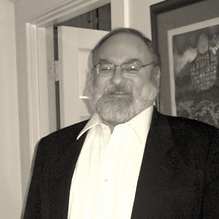







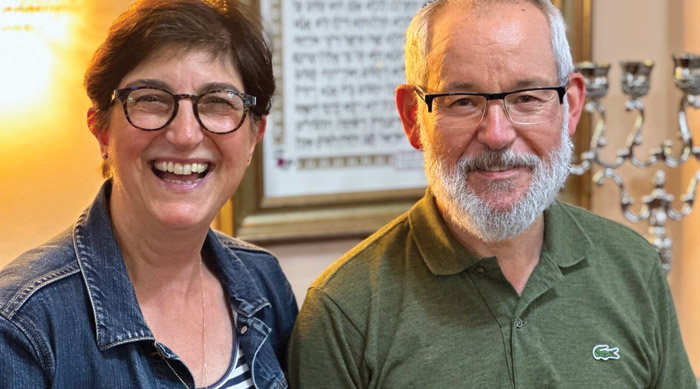

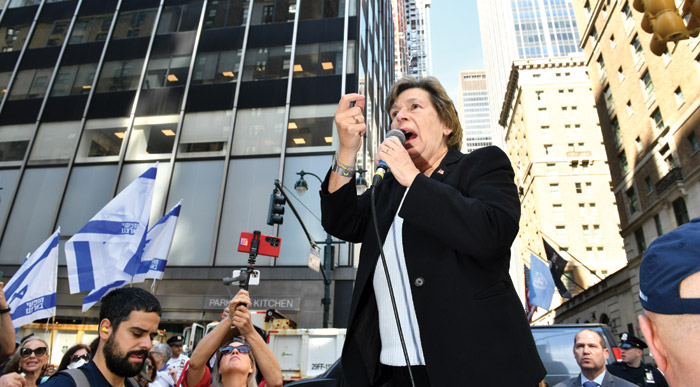
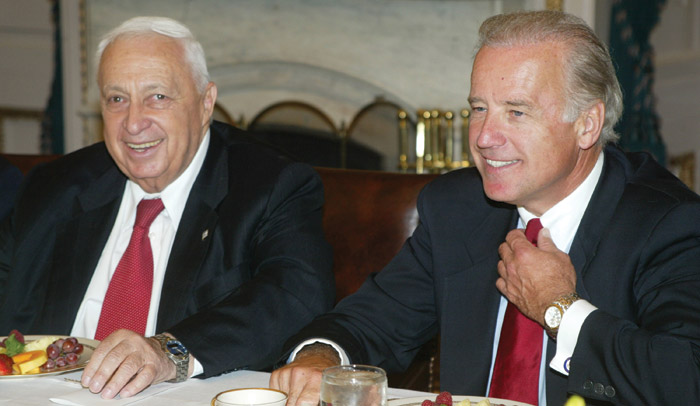
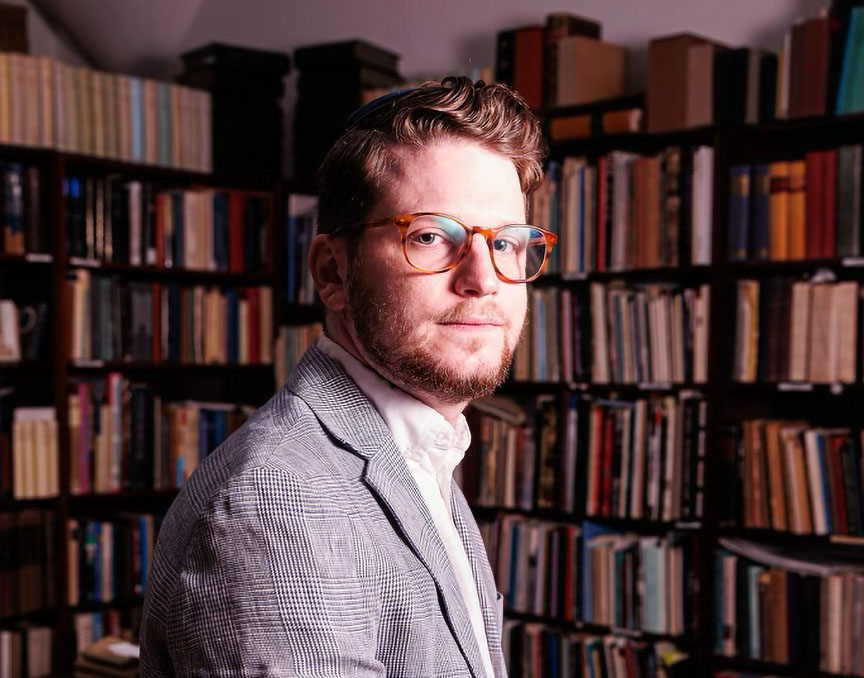
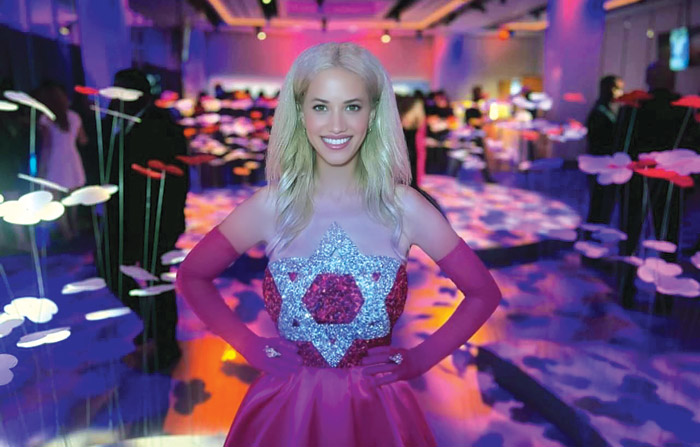
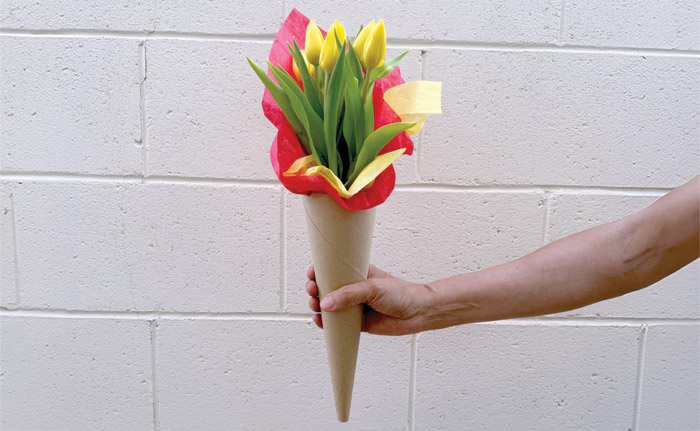

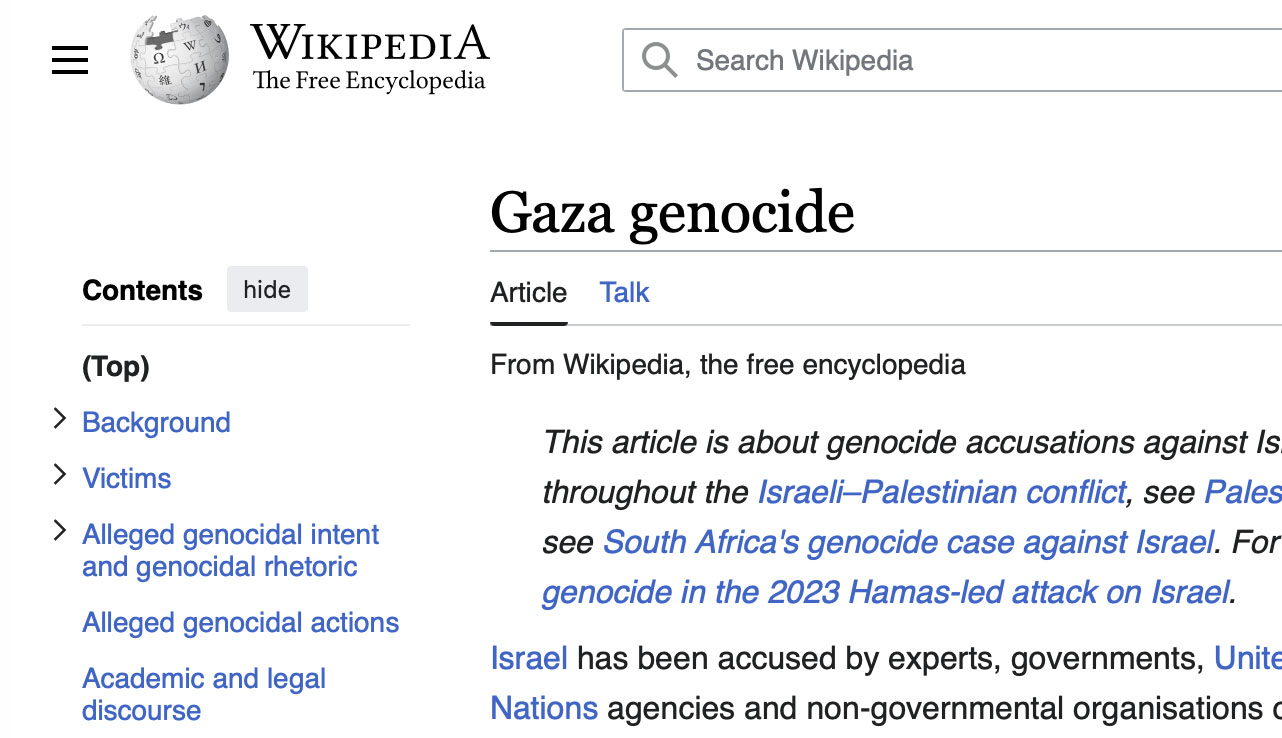



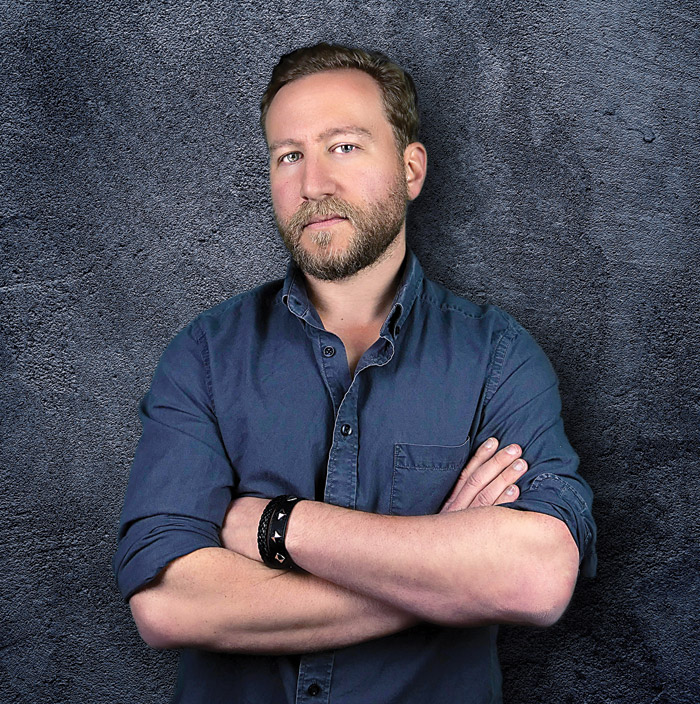
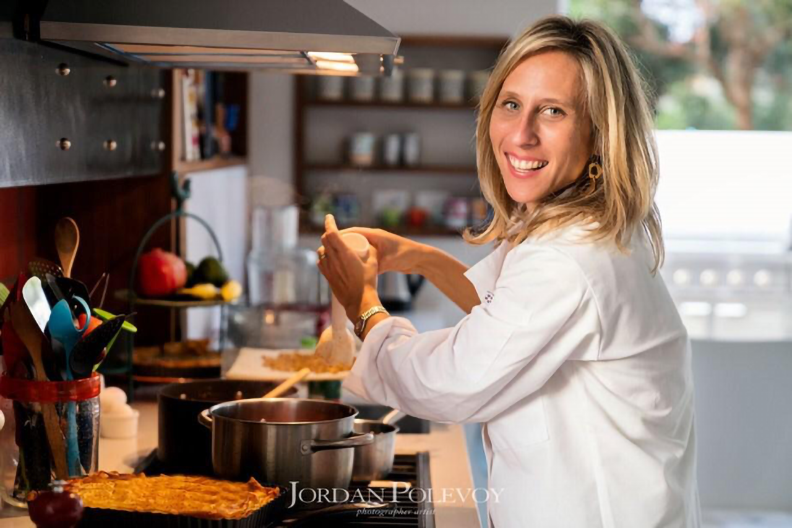
 More news and opinions than at a Shabbat dinner, right in your inbox.
More news and opinions than at a Shabbat dinner, right in your inbox.